What Kind of Bauerfeind Brace Do You Need?
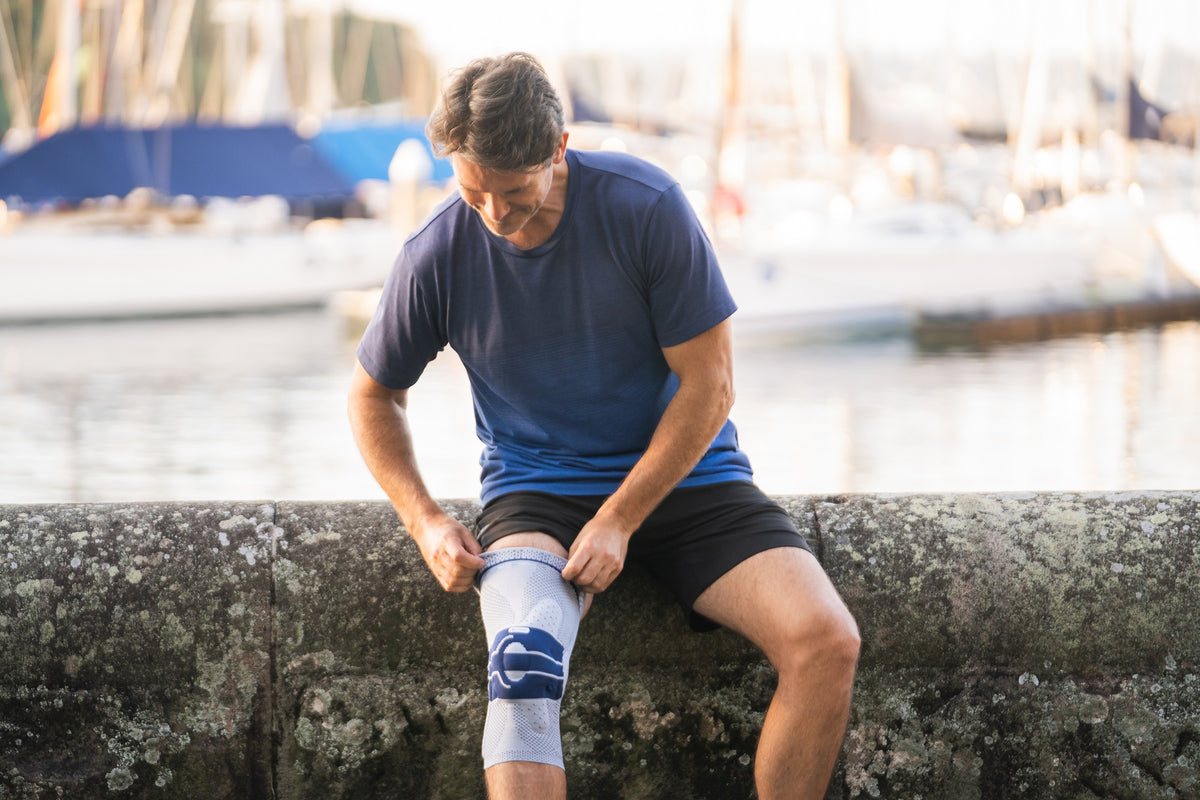
The human body is a complex system with a ton of different tissues. Hence, it’s only natural for injuries and medical conditions to be complex and varied as well - ranging from the mildest repetitive strain injuries in the wrist to severe knee osteoarthritis. As we wanted to cover all our bases and help those affected by these conditions, we’ve created dozens of brace variants over the years - so much so that navigating all our different categories can get confusing. So, to help you along, here’s our product category explanation.
Train

Our Train line contains products like the GenuTrain Knee Brace and LumboTrain Back Brace. These braces are all designed to be active supports - meaning they support the given joint through movement.
They do so through medical-grade compression knit, which communicates with the muscles as you move around to help them better support the joint. The knit also:
- Boosts circulation, getting vital oxygen and nutrients into injured tissues
- Reduces inflammation
- And improves proprioception, which is your ‘awareness’ of how you move and position your body.
Train products have a few ‘stages.’ Simple ‘Train’ products like the MalleoTrain ankle support incorporate compression and a viscoelastic cushion, helping with muscular support, swelling, and pain relief. These are best suited for minor injuries and early-stage complications, like grade 1 ligament sprains and mild arthritis.
‘Train Pros,’ Train Ss’ (and S Pros, for that matter) also incorporate external supports. The MalleoTrain S, for instance, has a figure-8 strap for improved ankle stability. The GenuTrain S Pro, meanwhile, has anatomical stays and straps, which allow it to support the knee after severe ligament injuries.
Tec
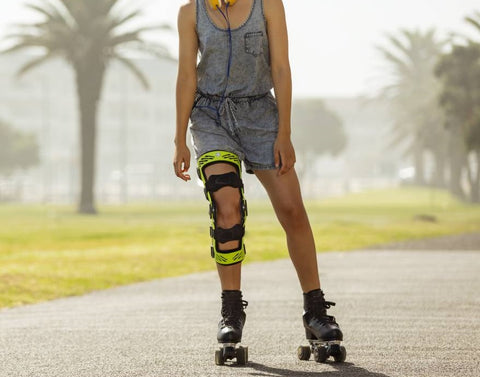
Our Tecs (those being the SofTec Genu, SecuTec Genu, and SecuTec OA) are knee-specific orthoses with mechanical systems. These braces feature hinges, straps, and stays to support the knee after acute injury and under severe cases of arthritis. Unlike the Train line, these are intended for active AND passive support.
In terms of their differences:
- The SecuTec Genu is a hard-frame hinged brace ideal for severe acute soft tissue injuries and post-op care.
- The SofTec Genu incorporates a mechanical hinge system, a viscoelastic pad, and tough vector-knit fabric. Hence, it combines Train and Tec benefits. This brace is well-suited for active wear and long-term care.
- The SecuTec OA is built similarly to the SecuTec Genu but has an offloading mechanism (more on that later).
OA
If you’ve been shopping for a knee osteoarthritis brace, you might have encountered the SecuTec OA and GenuTrain OA. These braces stand a little apart from your regular Tecs and Trains as they feature specific mechanical systems to offload particular areas of the knee joint.
You see, osteoarthritis will often affect one side of the knee more. So, to minimise pain and get you moving again, the affected area needs pressure taken off it.
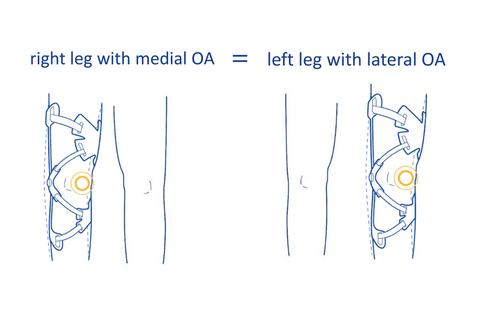
Loc
Unlike Train, Tec, and OA products, Locs are built to immobilise joints. They either have a splint with straps (like the ManuLoc Wrist Brace) or compression knit and stays (like the LumboLoc Back Brace).
Locs are best suited for extreme injuries like fractures, which require time and little movement to set and recover. They’re also a good option for some soft tissue injuries like advanced carpal tunnel, where movement can cause irritation and further degeneration.
As these products are designed with long-term wear and care in mind, they also often include padding. These work to keep you comfortable and prevent some issues that joint immobility can cause - like sores and swelling.
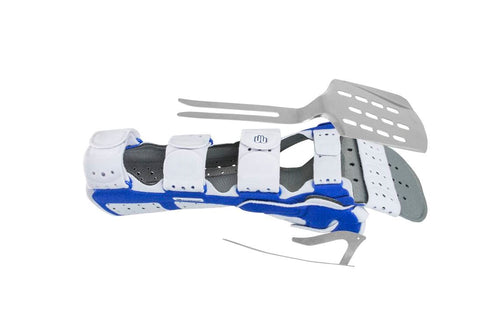
Point
Our Points (the EpiPoint Elbow Strap and GenuPoint Knee Strap) provide localised support. They consist of an adjustable strap and a viscoelastic gel pad attached to a strip of compression-knit fabric. Due to their localised support, these straps are well-suited for supporting injured elbow and knee tendons (specifically epicondyles and patellar tendons) during sports.
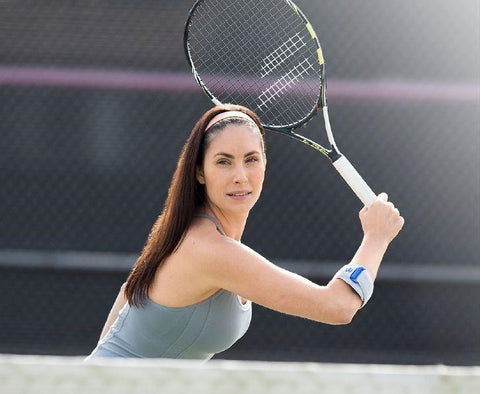
Bonus! Performance
And on that note, the final category to mention is our Performance range. It consists of Sports Supports, Compression Sleeves, and Straps, making them similar to our Train and Point products. The key difference is that sports line products are best for improving performance and protecting the joints from sports injuries instead of treating them.
They have breathable and moisture-wicking fabric for hard gym sessions and game days and don’t incorporate external supports like stays.
To sum up
Trains are active supports, Tecs are best for severe injuries and conditions, Points provide localised support and relief, and Performance products boost performance and reduce the risk of injury. We hope we’ve helped you decide on the brace you need. But if you have any other questions, you can also reach us through live chat or call us on 1300 668 466 for assistance.
Do you have private health? Most private health extras will cover Bauerfeind Products. Check to see if yours is included. Bauerfeind Private Health Insurance Inquiry.



